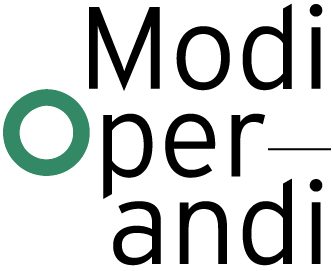BORDER AS A MEMBRANE
The Iran-Pakistan border stretches about 900 kilometers through a mostly desertic mountainous landscape. Until recently, the border remained porous, enabling locals to trade relatively freely and, therefore, make their existence possible. In spite of multiple crossings at the Pakistani-Iranian frontier, only the Taftan-Mirjaveh remains an official one, across which commodities can be transited legally. [4] The crossing is also infamous for its significance related to human trafficking. Officially, cross-border trade is allowed to be practiced only between local families that inhabit the border area. However, the crossing is being extensively used by smugglers coming from remote parts of the country. Although legal crossing exists, most of the trade takes place on the mountainous outskirts of the desert, where both local families from small villages and big oil mafias migrate with their commodities to the other side. It is estimated that the total value of goods being imported either to Pakistan or Iran through the border is, respectively, around $37 million and $187 million per year. [5] Most frequently smuggled products are processed and fresh food, electronics, household utilities, construction materials, and, most importantly, oil.
Oil and diesel smuggling is what actually creates the economy of the Balochistan. It is being brought from Iran where its price is approximately twice as low as in Pakistan. A difference that makes the oil smuggling greatly profitable yet a hazardous endeavor. It is estimated that as much as about 26 million gallons of fuel annually depart from Iran illegally. [6] The oil is either smuggled by families living at border towns for their own needs, or it is transited by big criminalized mafias, who distribute smuggled petrol across the entire country and overseas, usually to Somalia or Muscat, using a seaport in Gwadar. It is especially the small-scale smuggling that benefits from the border’s porosity – the ability to penetrate the border freely has played a vital role in the families’ strive to get by.
The informal access to the other side of the border has, however, started to gradually diminish when several investments evolved to seal the border. The Iranian government, willing to stop drug inflow from Pakistan, commenced the construction of a 700 km long and 3 m high concrete wall fortified with steel rods. [7] Along the wall, the fortifications include earth embankments and ditches. Every couple of kilometers the border has been punctuated either with an observation tower or a fortified base. In spite of the evident importance of border permeability for the Balochi people, the project encountered no opposition from the Pakistani government, which only embittered the relations between Balochi and the state.[8]
Despite the increasing substance of the fortifications, in several locations, the system is interrupted, which is visible in the satellite photographs. This interrupting point, occurring every dozen kilometers, originate naturally from the seasonal rivers and streams that have been penetrating the borderline for centuries. Such interruptions are used by locals to maintain trading activity despite more and more strict countermeasures.
